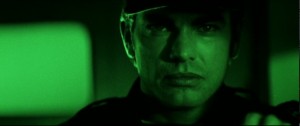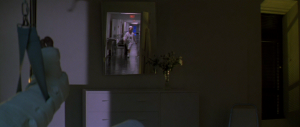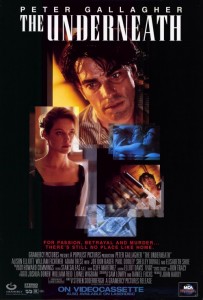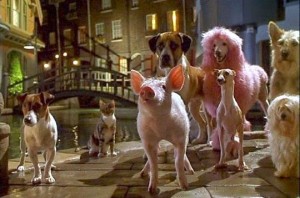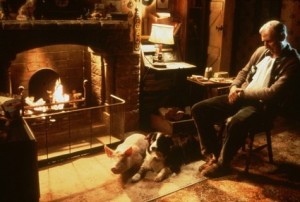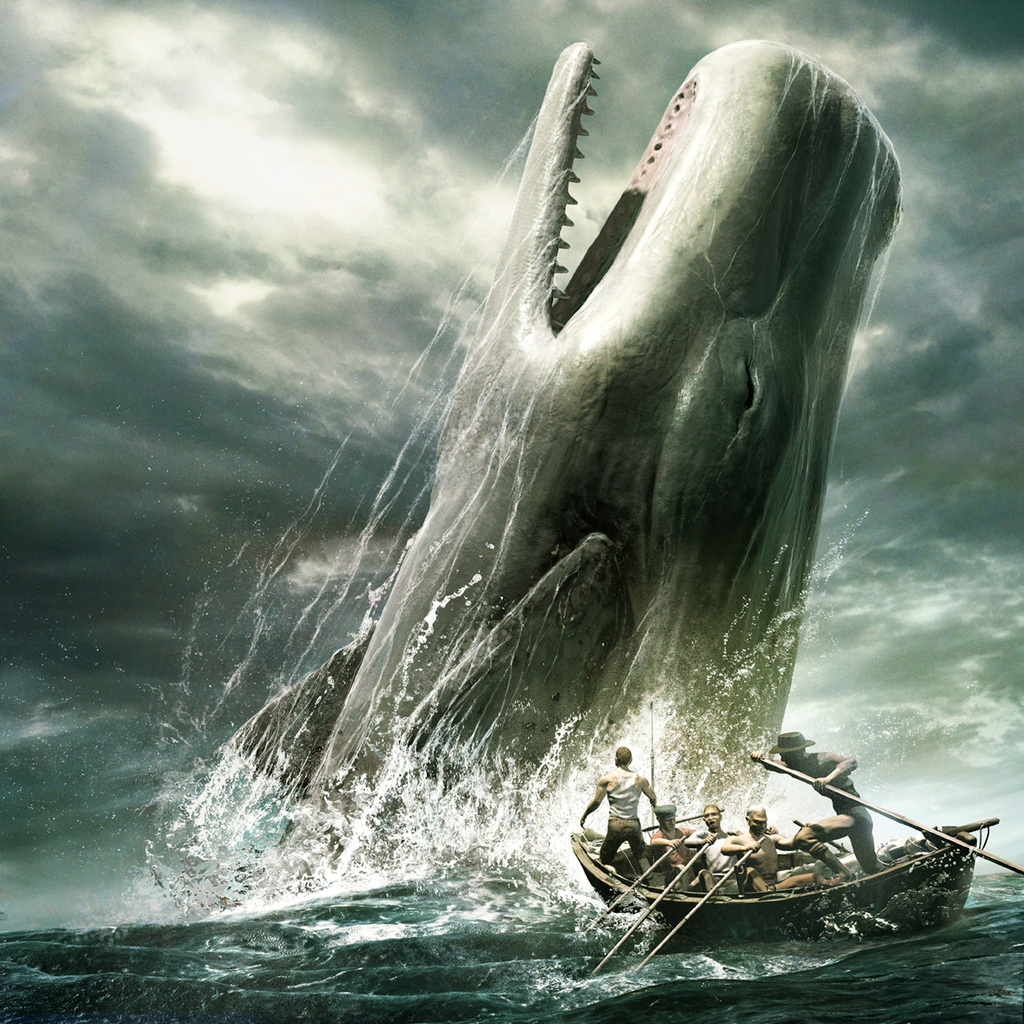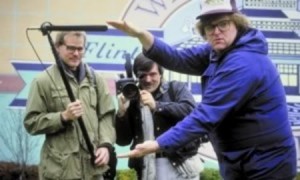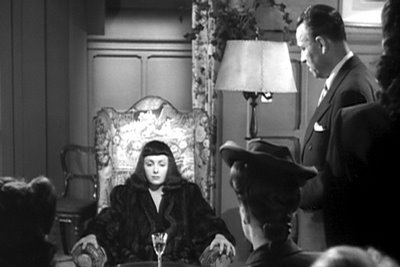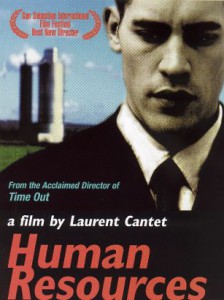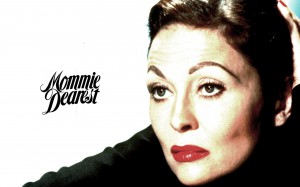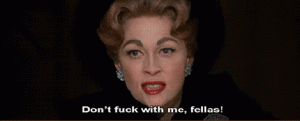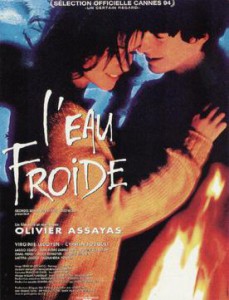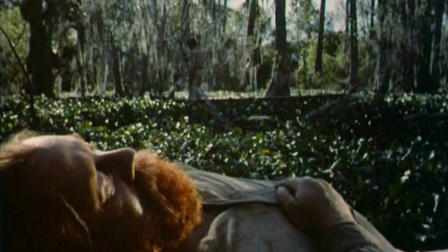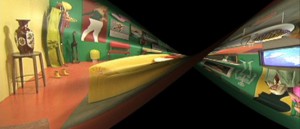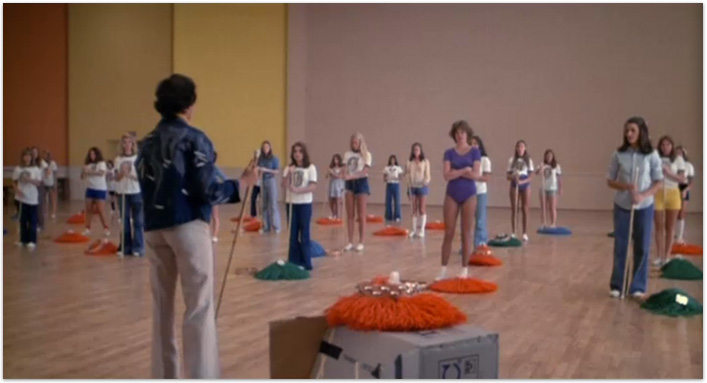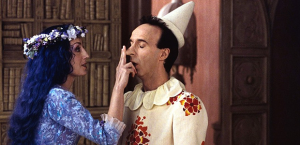From the Chicago Reader (May 1, 1995). — J.R.
Steven Soderbergh’s remake of the classic noir thriller Criss Cross tells substantially the same story (a divorced couple who can’t let go of each other, an armored car heist that grows out of their deceptions after the avaricious woman marries a hood) but gives it such a different emphasis that it functions only fitfully as a thriller (chiefly in a dazzling hospital sequence near the end). What it unmistakably has is a feeling for the insecurity of contemporary relationships, an often ravishing visual style, some very funny crusty dialogue, and subtle and sensitive direction of actors (Peter Gallagher, newcomer Alison Elliott, William Fichtner, Anjanette Comer, Elisabeth Shue, Adam Trese, Joe Don Baker, and Paul Dooley, among others). This is a quirky personal effort with much of the humor and pain of Soderbergh’s earlier Sex, Lies, and Videotape and King of the Hill, though filtered through material that sometimes seems to engage the writer-director less fully; as partial compensation, the ‘Scope cinematography is stunning. (JR)

